Antelope Canyon is a slot canyon on Navajo land that includes six different slot canyon sections. A slot canyon is a crevasse in the rock, split and polished by water and time. The photos of Antelope Canyon look otherworldly, as the vibrant red, smooth and wavy rock looks like nothing else. It’s for this reason that Antelope Canyon is a favorite subject of photographers: the most expensive photograph ever sold was in Antelope Canyon by Peter Lik, which sold for a whopping $6.5 million!
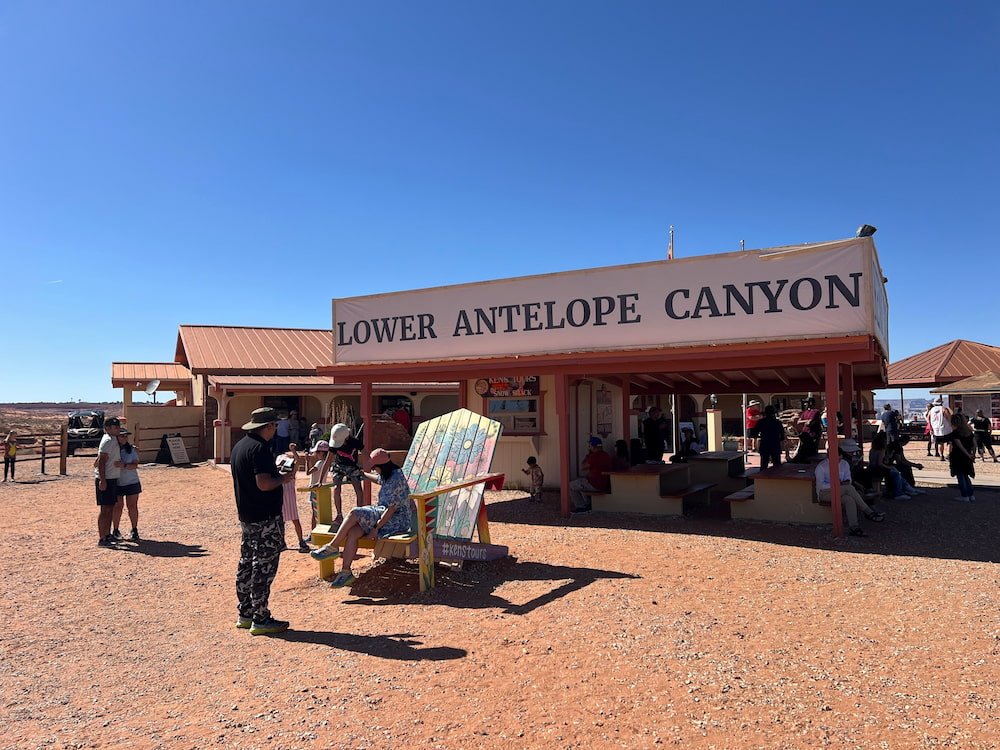
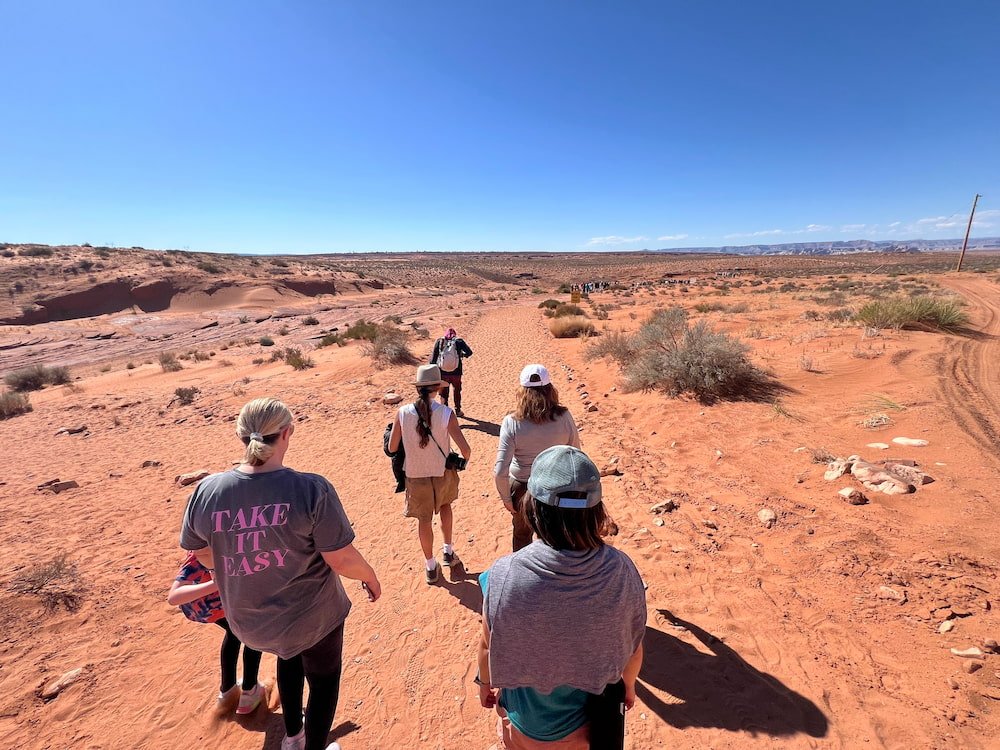
Antelope Canyon has an Upper and Lower section. The Navajo name for Upper Antelope Canyon is Tsé bighánílíní, which means “the place where water runs through the (Slot Canyon) rocks.” Lower Antelope Canyon is called Hasdestwazi or “spiral rock arches.” Both are accessible only with a Navajo-guided tour, and we needed to choose between visiting the Upper Antelope Canyon, or the Lower Antelope Canyon. While Upper Antelope Canyon is more accessible, we chose Lower Antelope Canyon so that we could descend into the crevasse, booking a spot for the last tour of the day (we were able to reserve the day prior, but in the busy summer months it may need more advanced planning). There are two companies that run guided tours to Lower Antelope Canyon, and they each take over 1,000 people on tour each day.
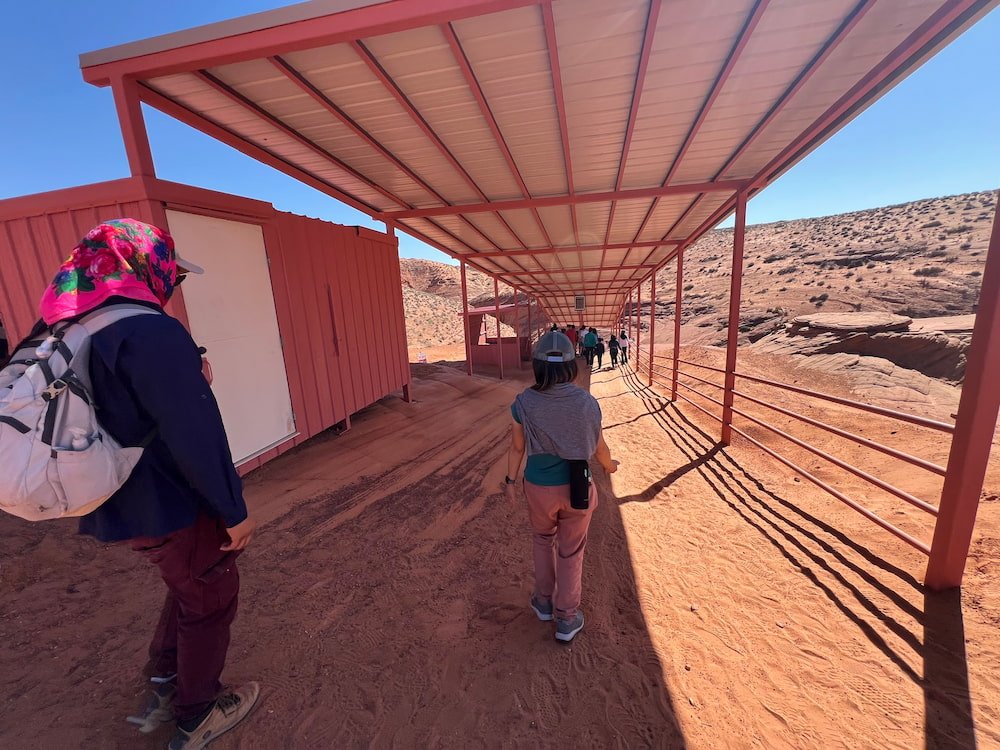

There were dozens of people waiting for the tour to start when we arrived, and each guide led about 12 people on their tour. There are a few important rules for taking the guided tour: no taking photos while descending stairs, no climbing and no video, lest the person gets fined and affects the rest of the tour. Our guide, Justin, was great – not only did he tell us about Antelope Canyon and its significance to the Navajo people, but he also showed us some of the key attractions in the canyon, and patiently took photos and provided handy iPhone/Android photo-taking tips to create those perfect shots (something I’m sure they’ve had to learn as everyone wants to take a billion photos).

It’s easy to see why everyone is so starstruck when they enter the Canyon, as the richness in color and smoothness of the rock, the light streaming through, and distinct wavy shapes within were absolutely magical. As soon as we walked down the steps, we were immediately wowed. There’s some spaces that are very narrow, permitting only one person to walk through at a time (making for a perfect shot of someone in front of this slim passageway). There’s areas where the crevasse opens up to see light perfectly cascading down on us (making for a perfect sun kissed image). There’s parts where the rocks weave into each other, like waves crashing to meet near a shore (making for yet another fascinating snap).
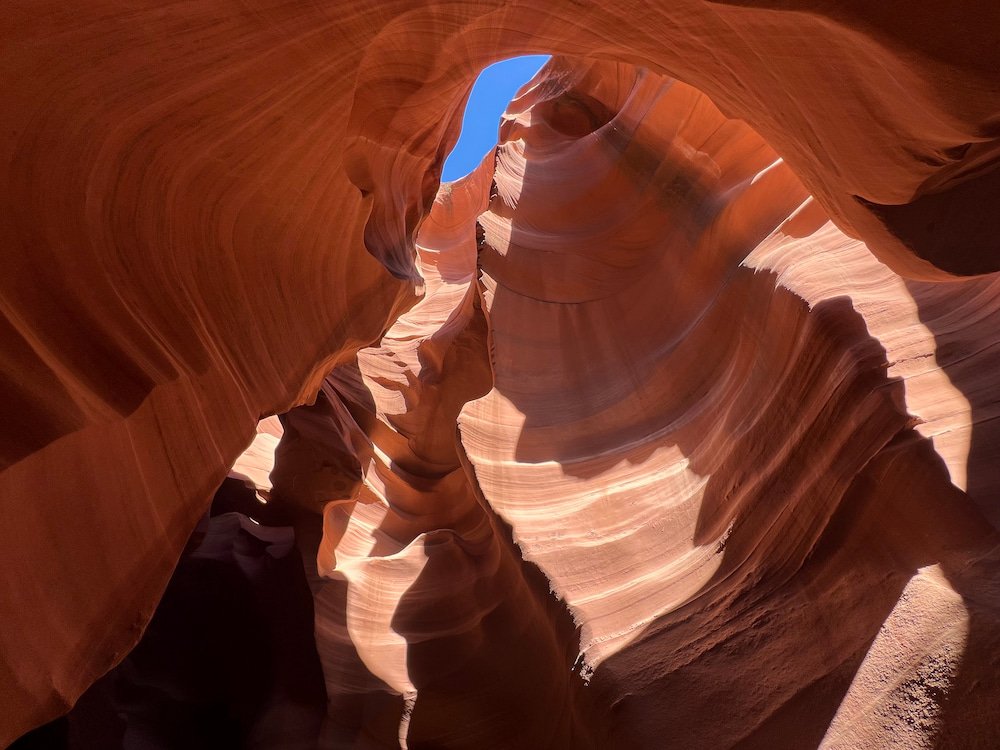


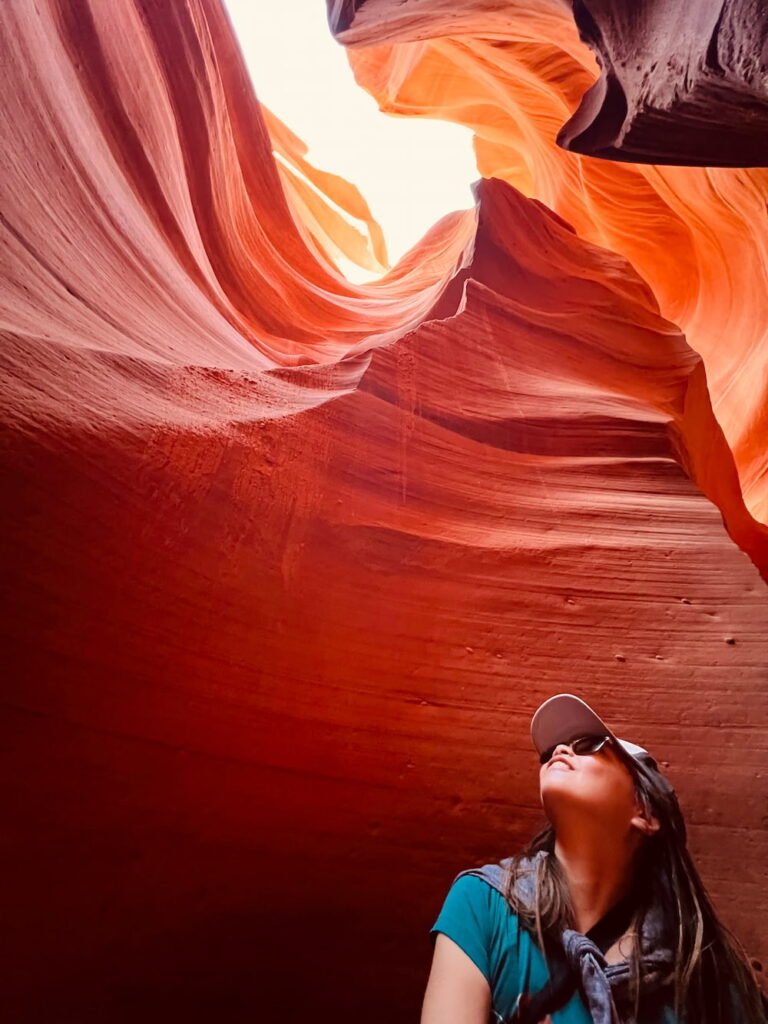
To top it off, there are also several fascinating attractions within the Canyon itself. A couple of the rocks were shaped like things like a shark or a chief (complete with a feathered headdress). And there were also shapes made by looking up toward the sky and seeing the silhouette of a seahorse formed by the rocks surrounding the blank space above. We all oohed and aahed at each turn, and each took another 100 photos or so.
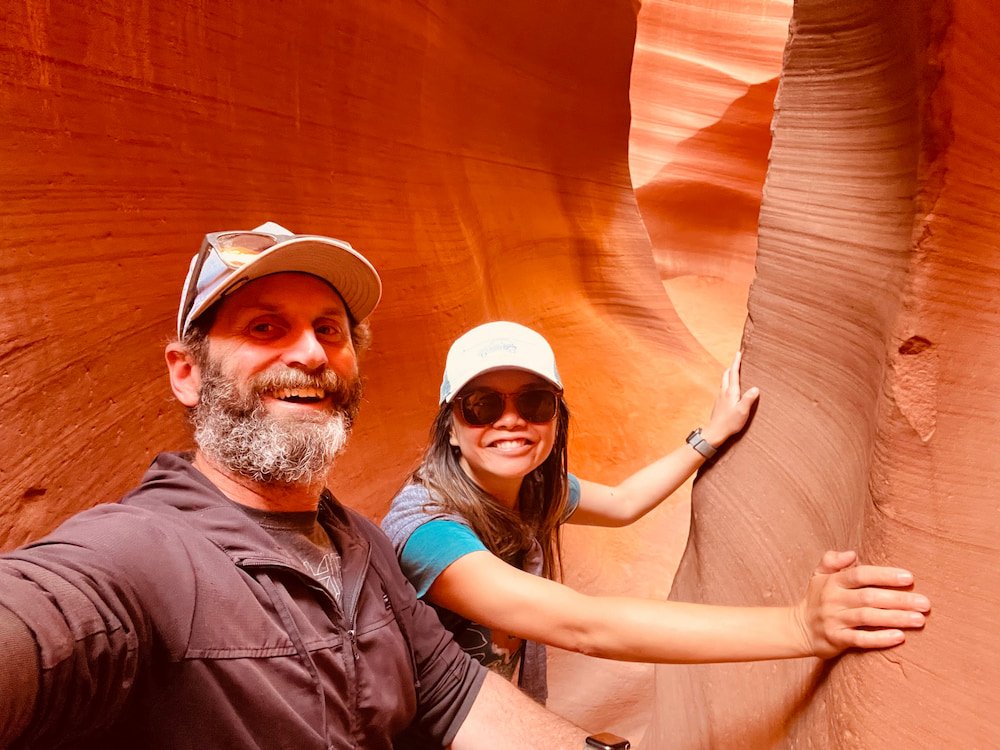
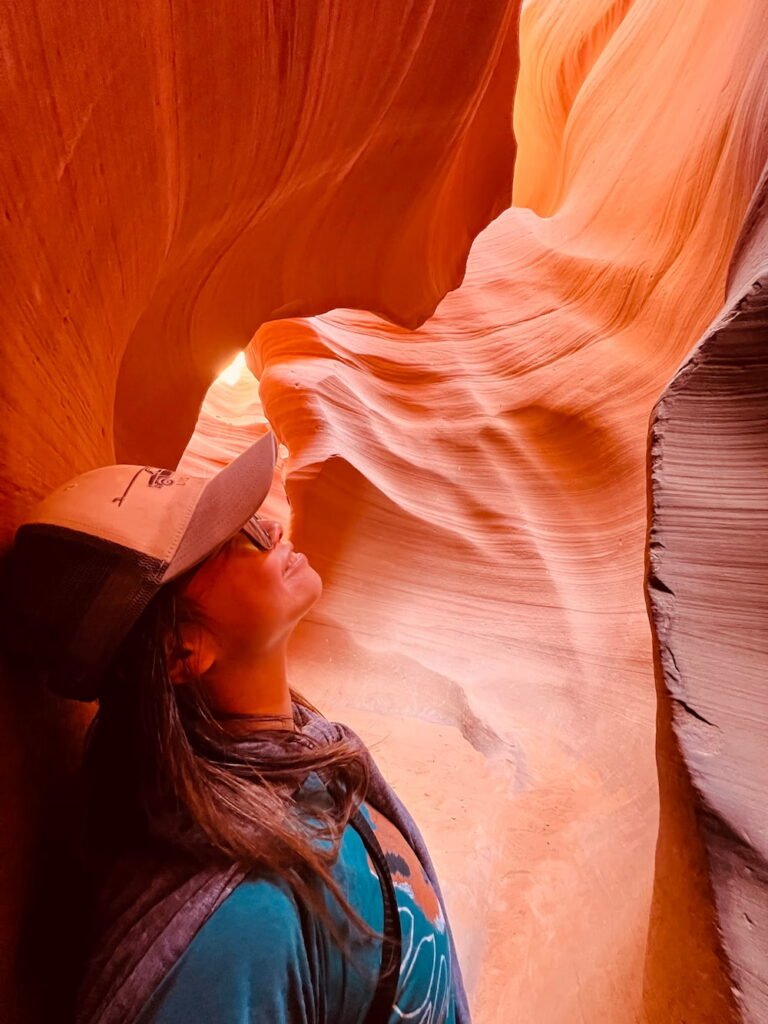
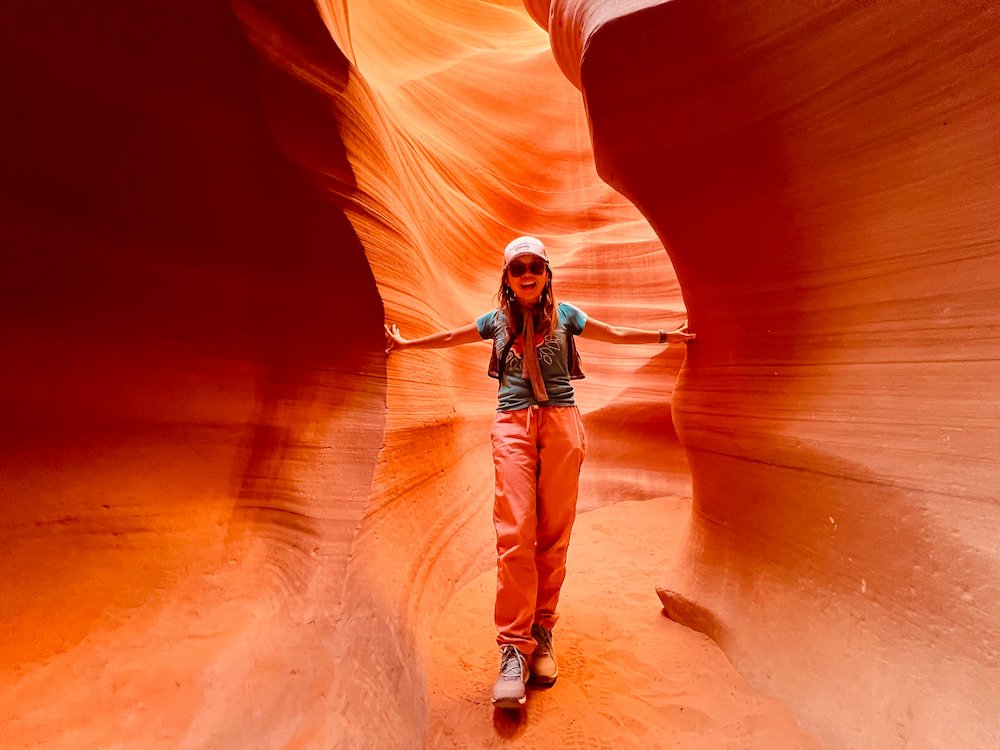
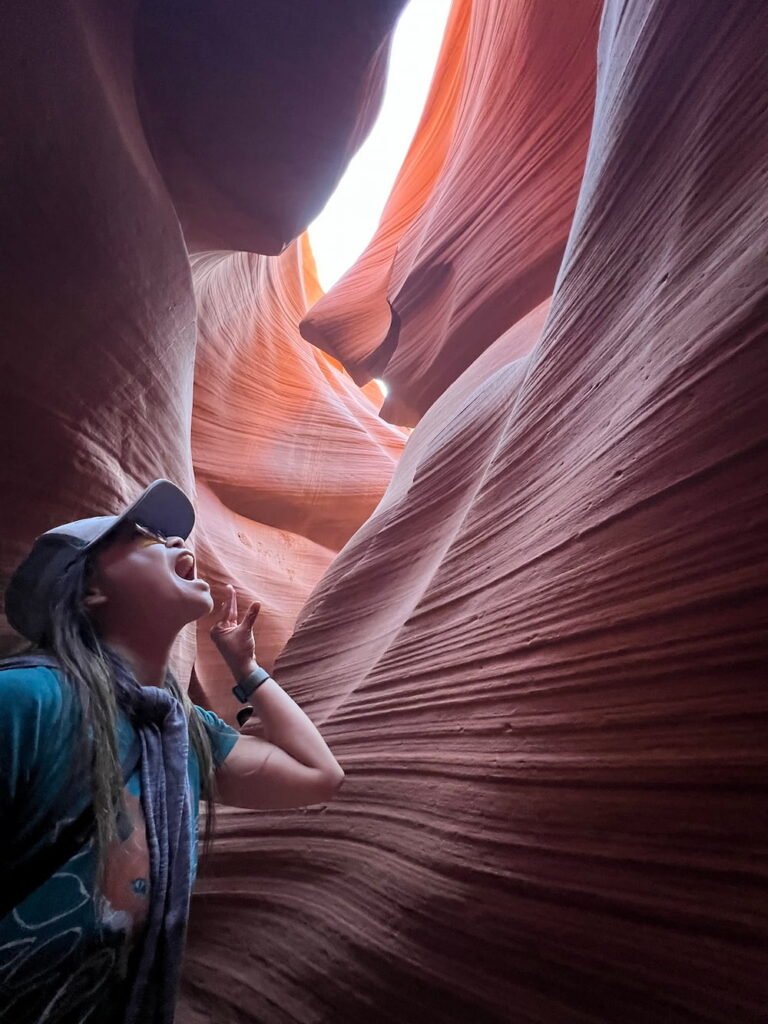

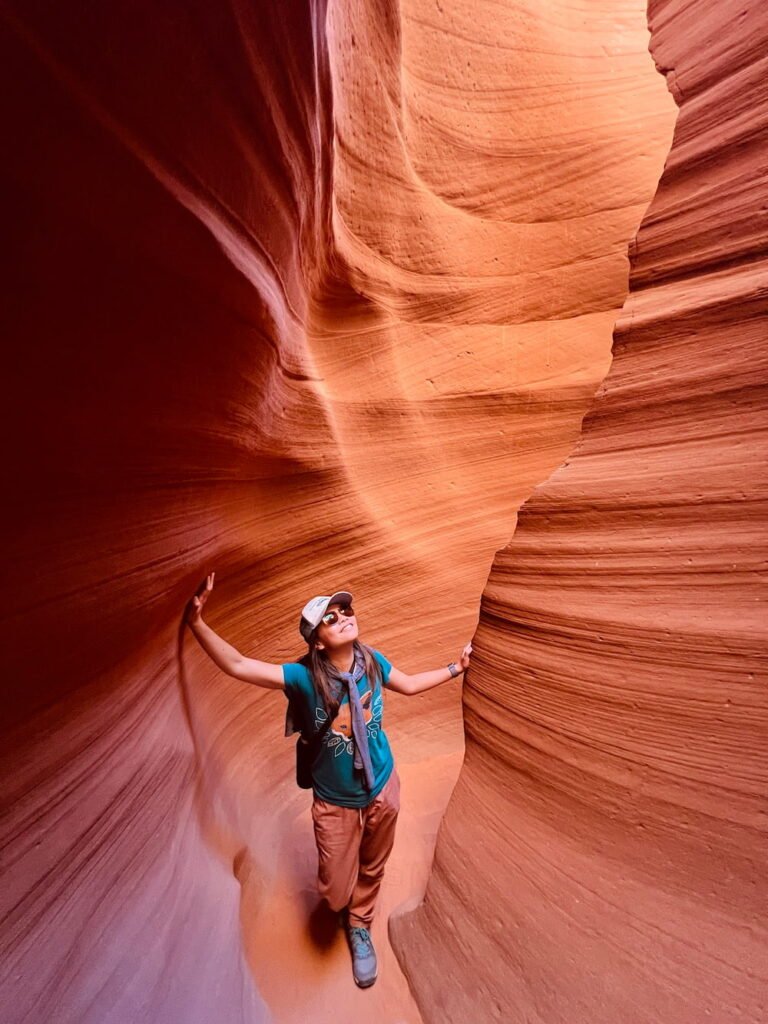
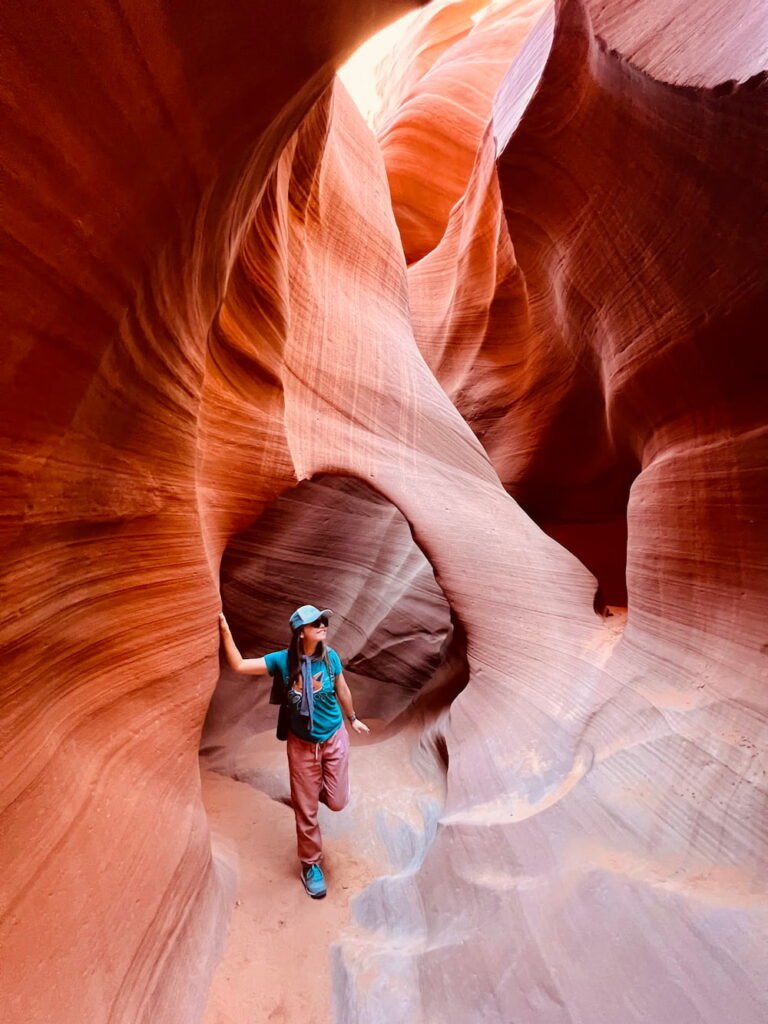
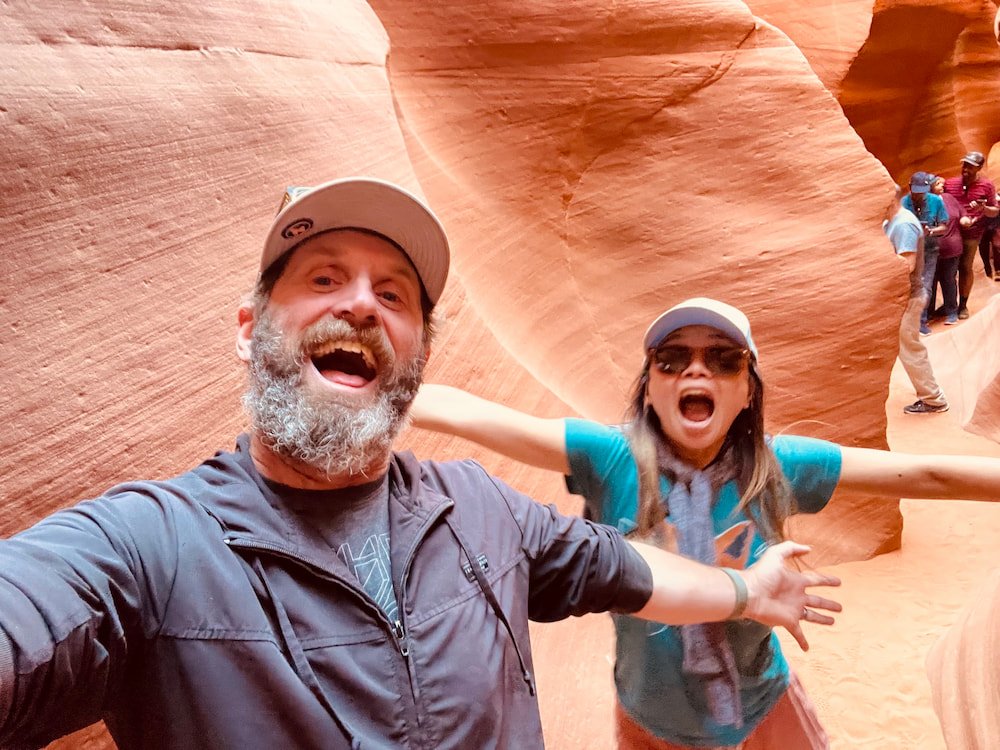
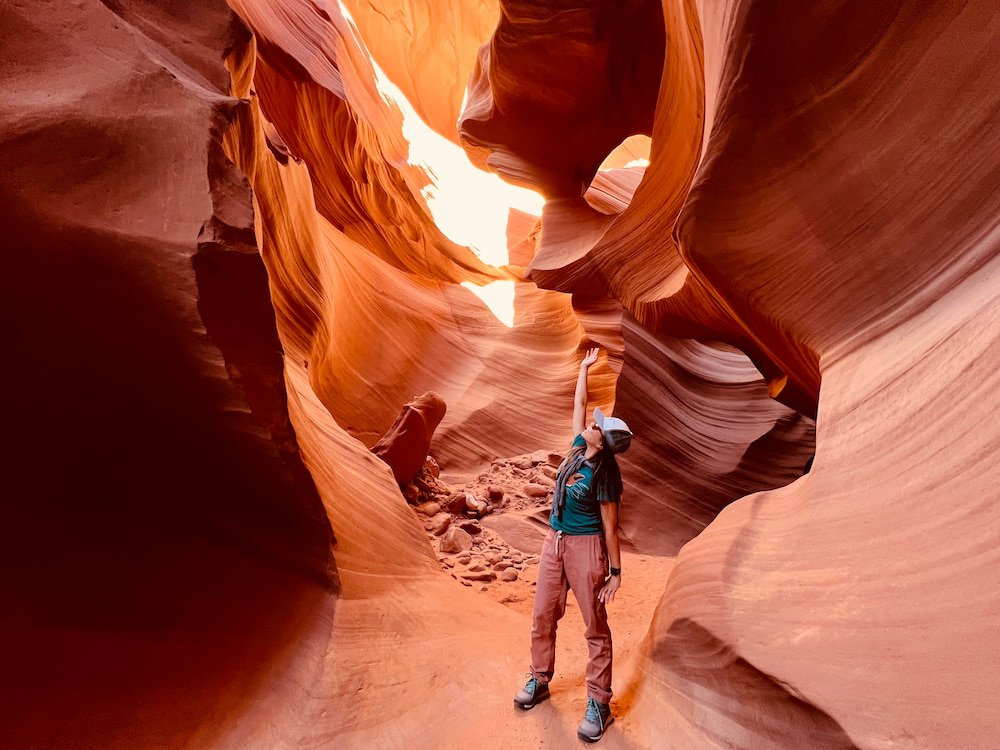
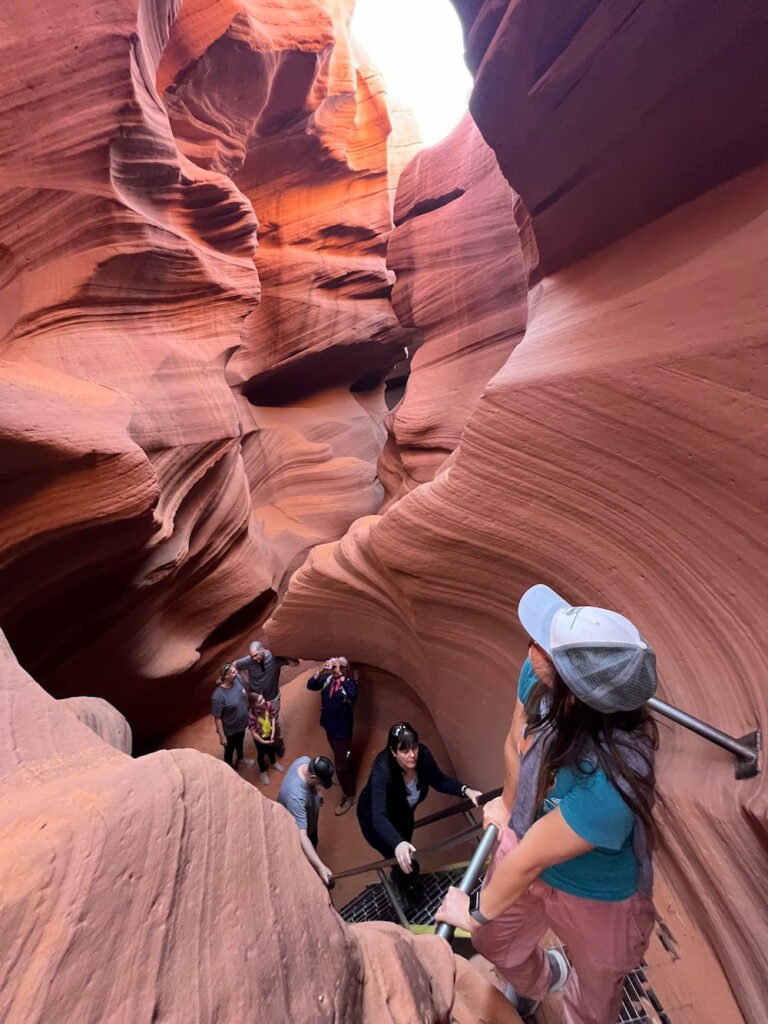

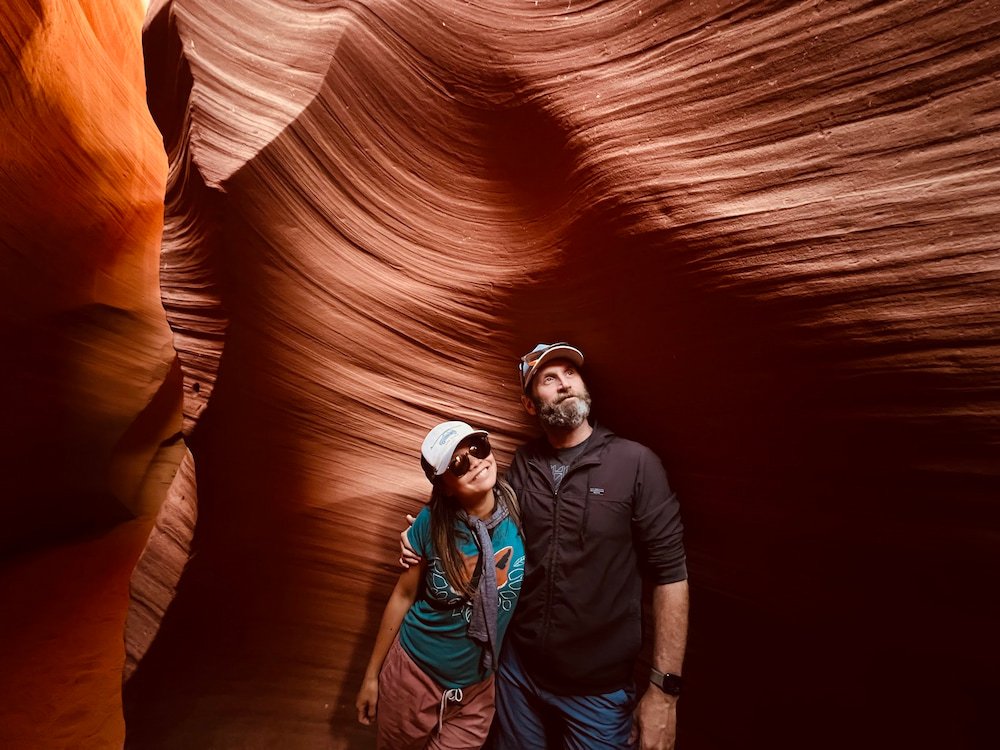
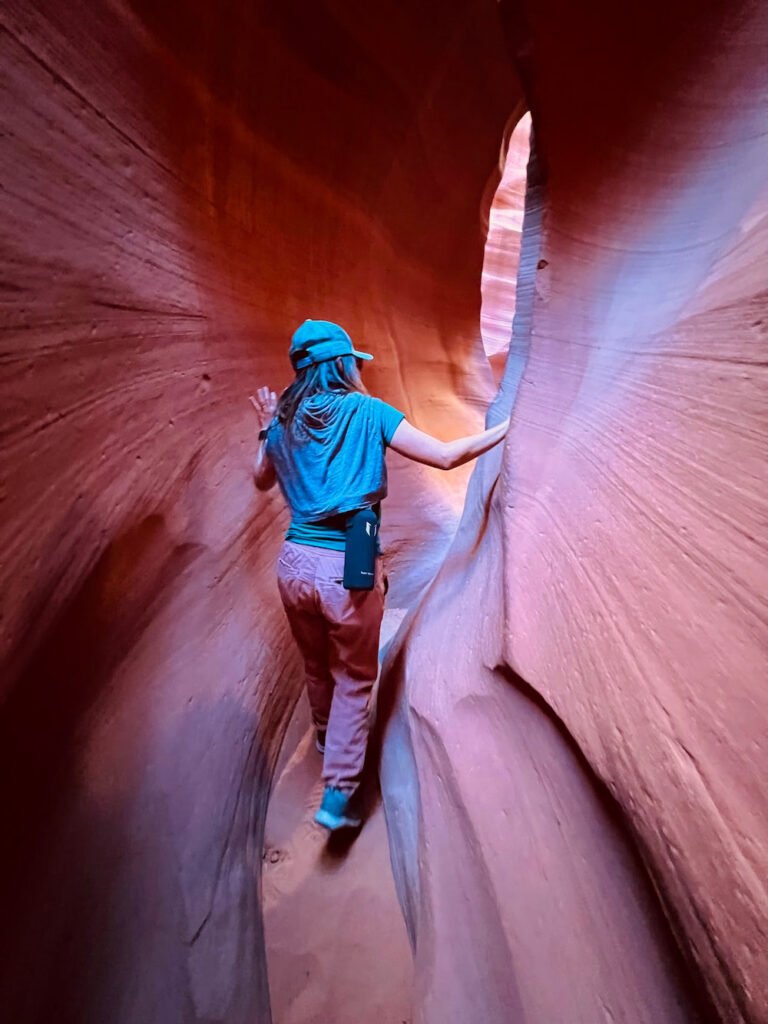
Just as we ascended the Canyon, there was one last, surprising sight – dinosaur fossil prints in the rock! How incredible to see these tracks to top off the experience. The temperature had been cooler below ground, but as we resurfaced the sun’s heat beat down upon us again. We spent another night back at the Walmart parking lot, seeing some of the same RVs, but many new campers as well.

Route Map

